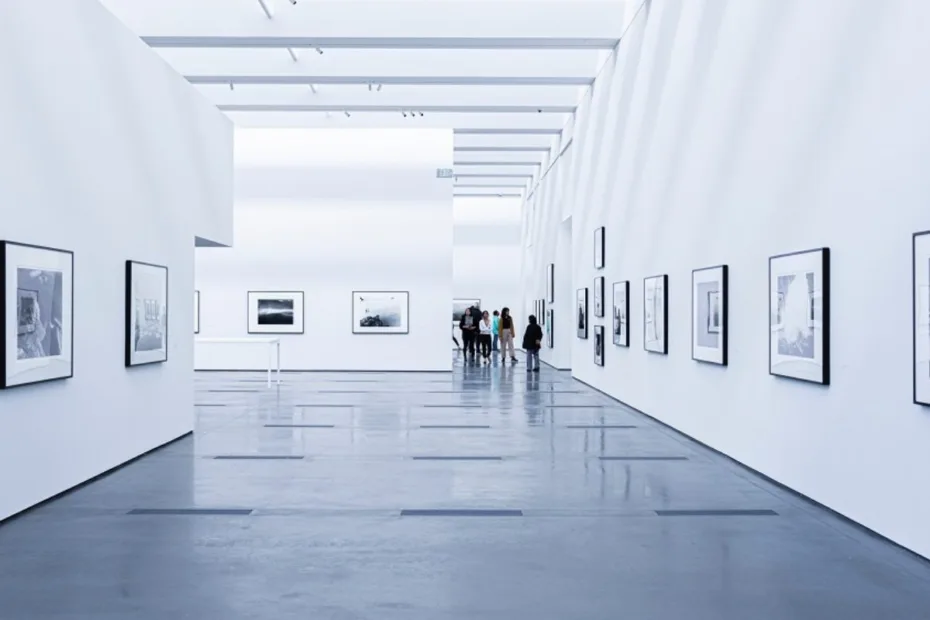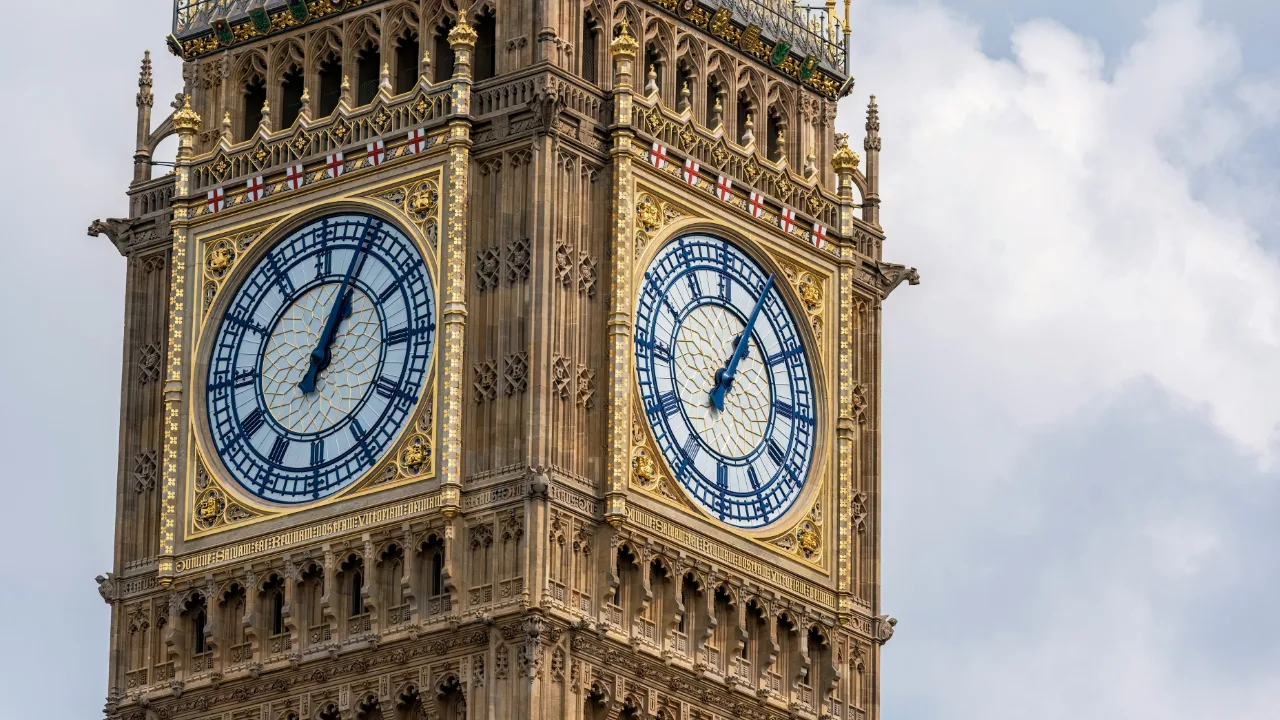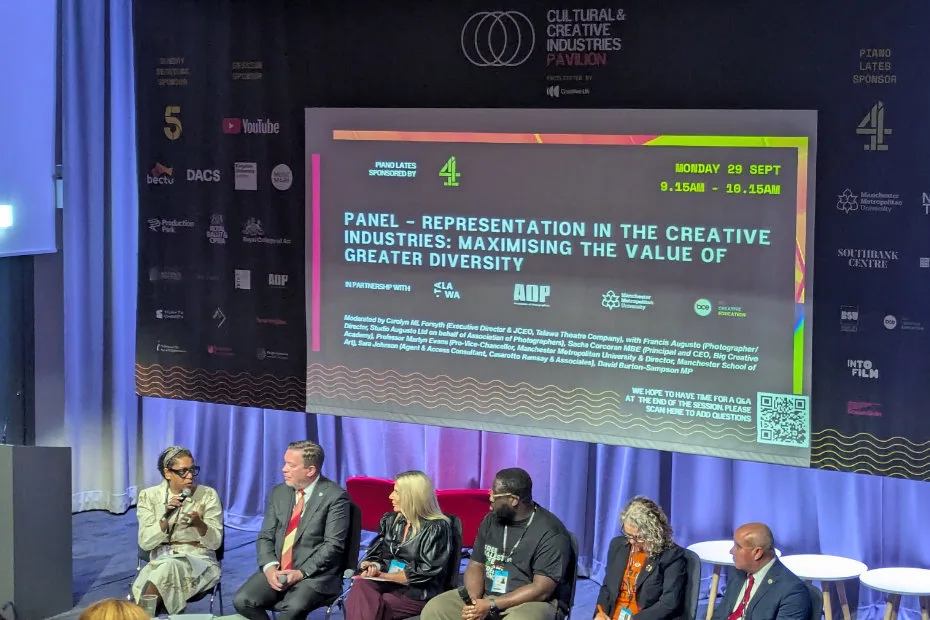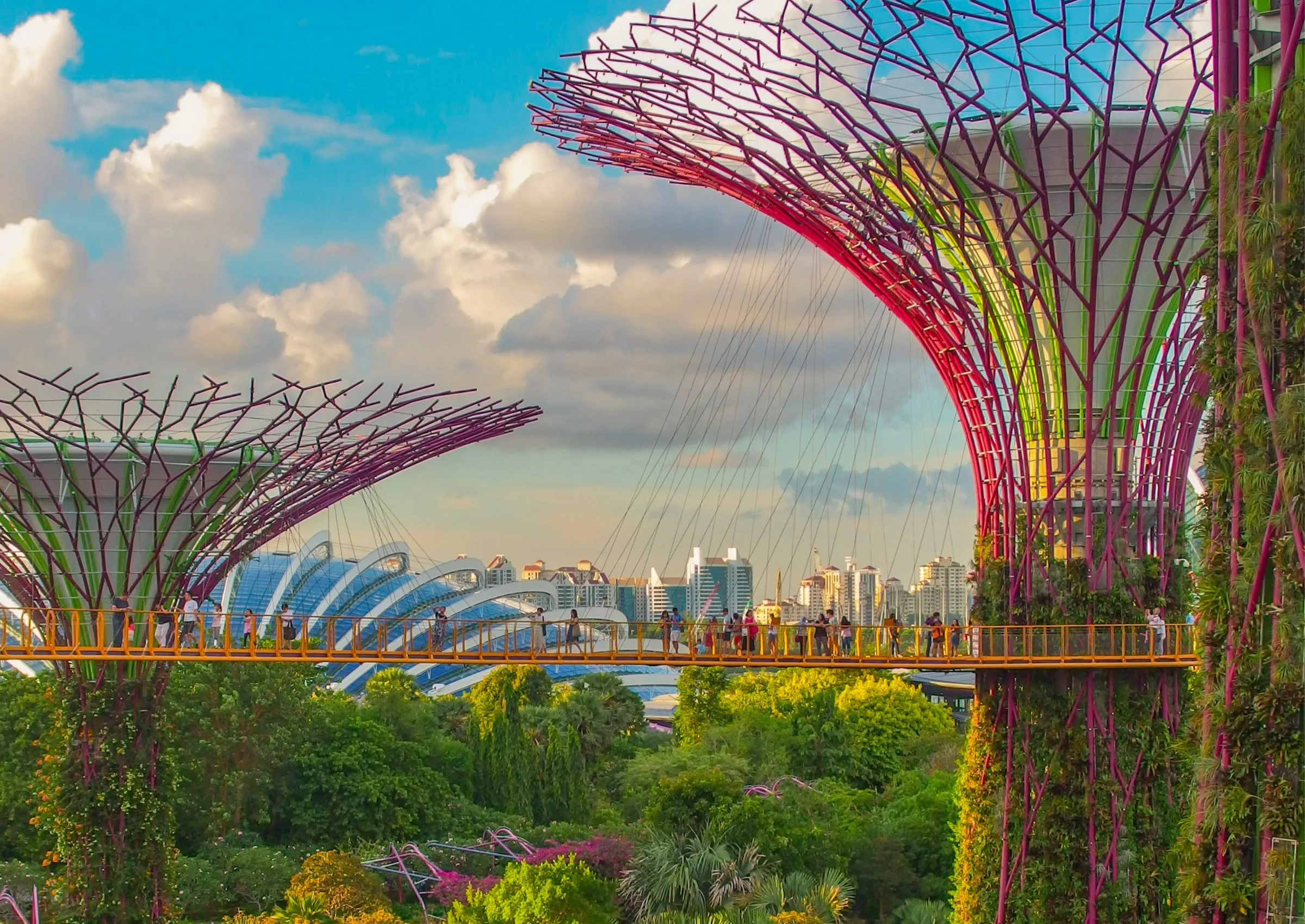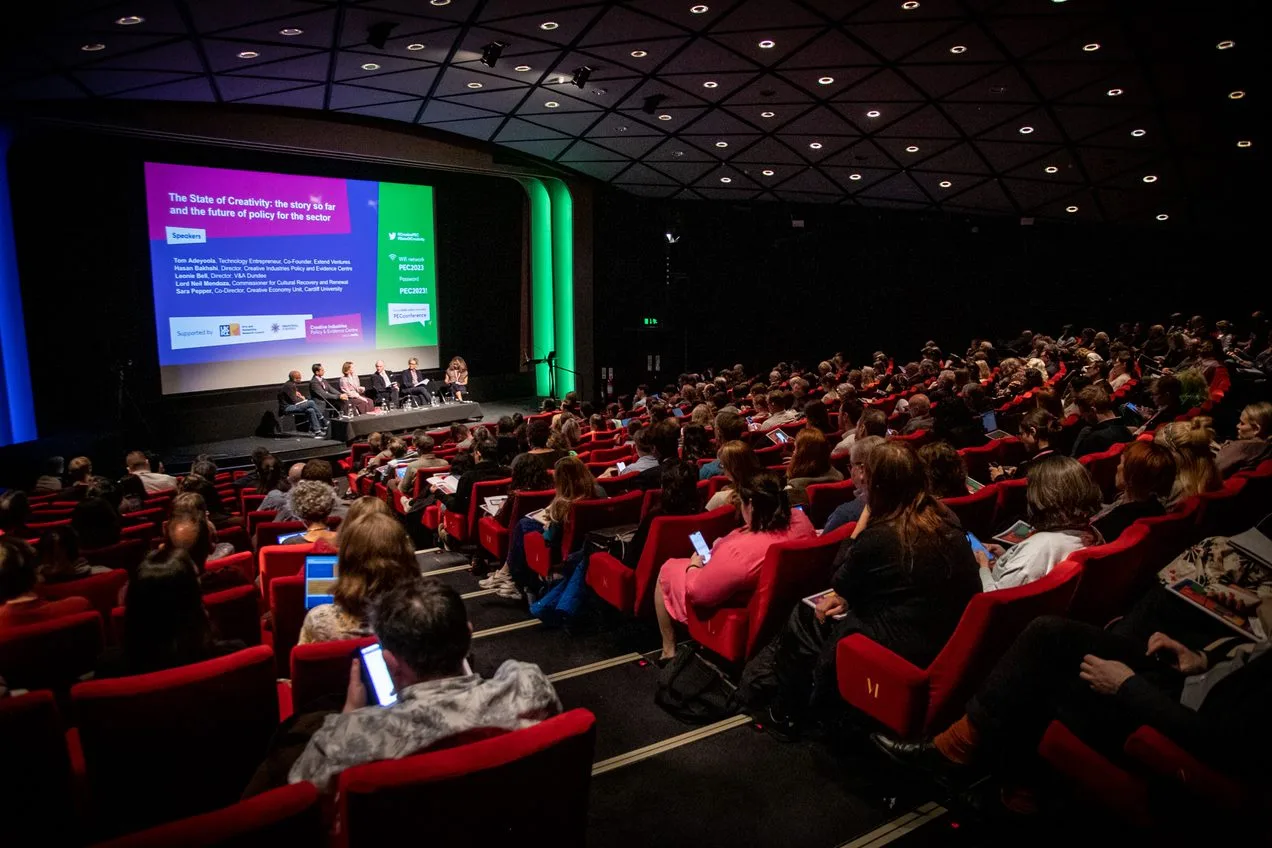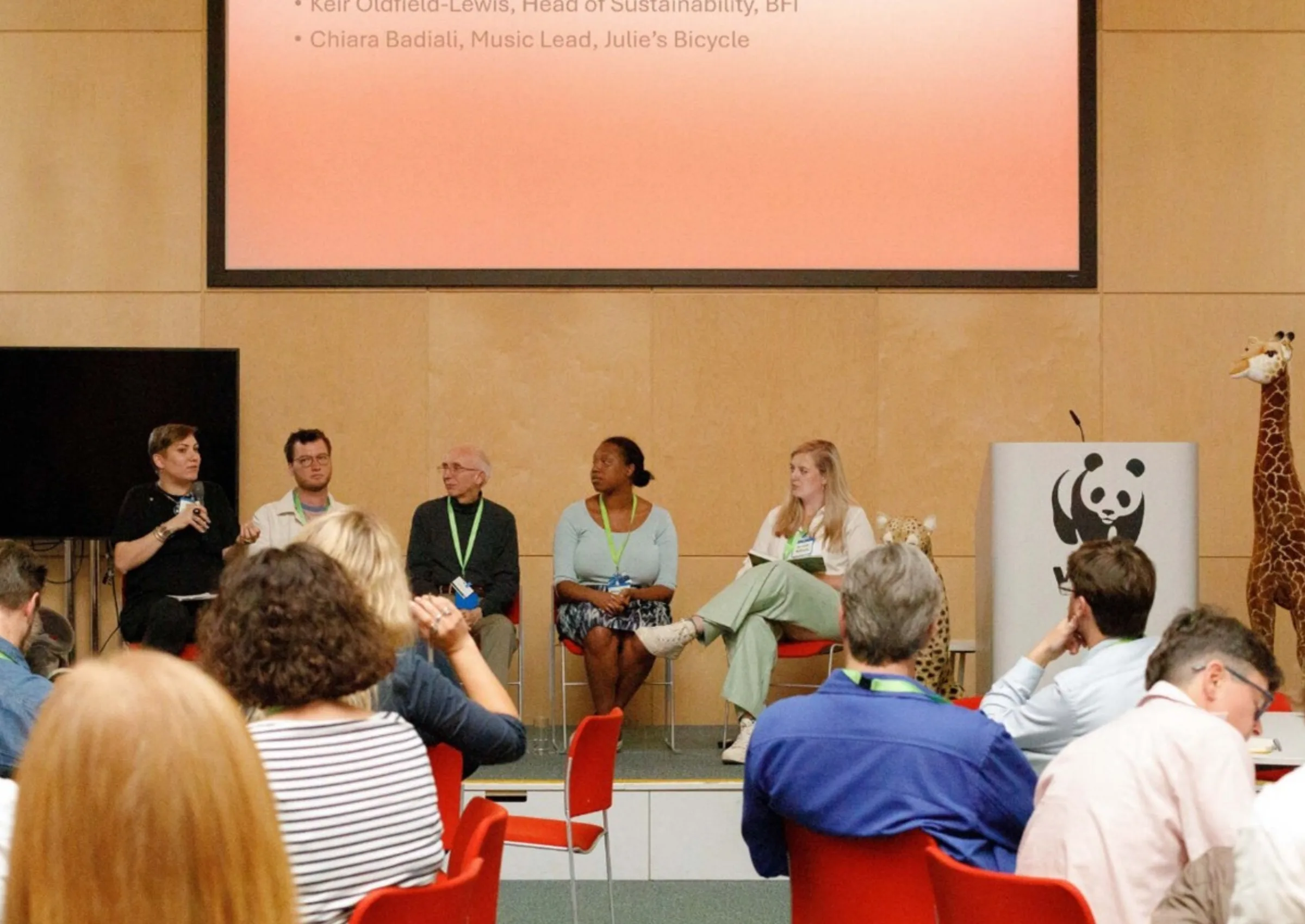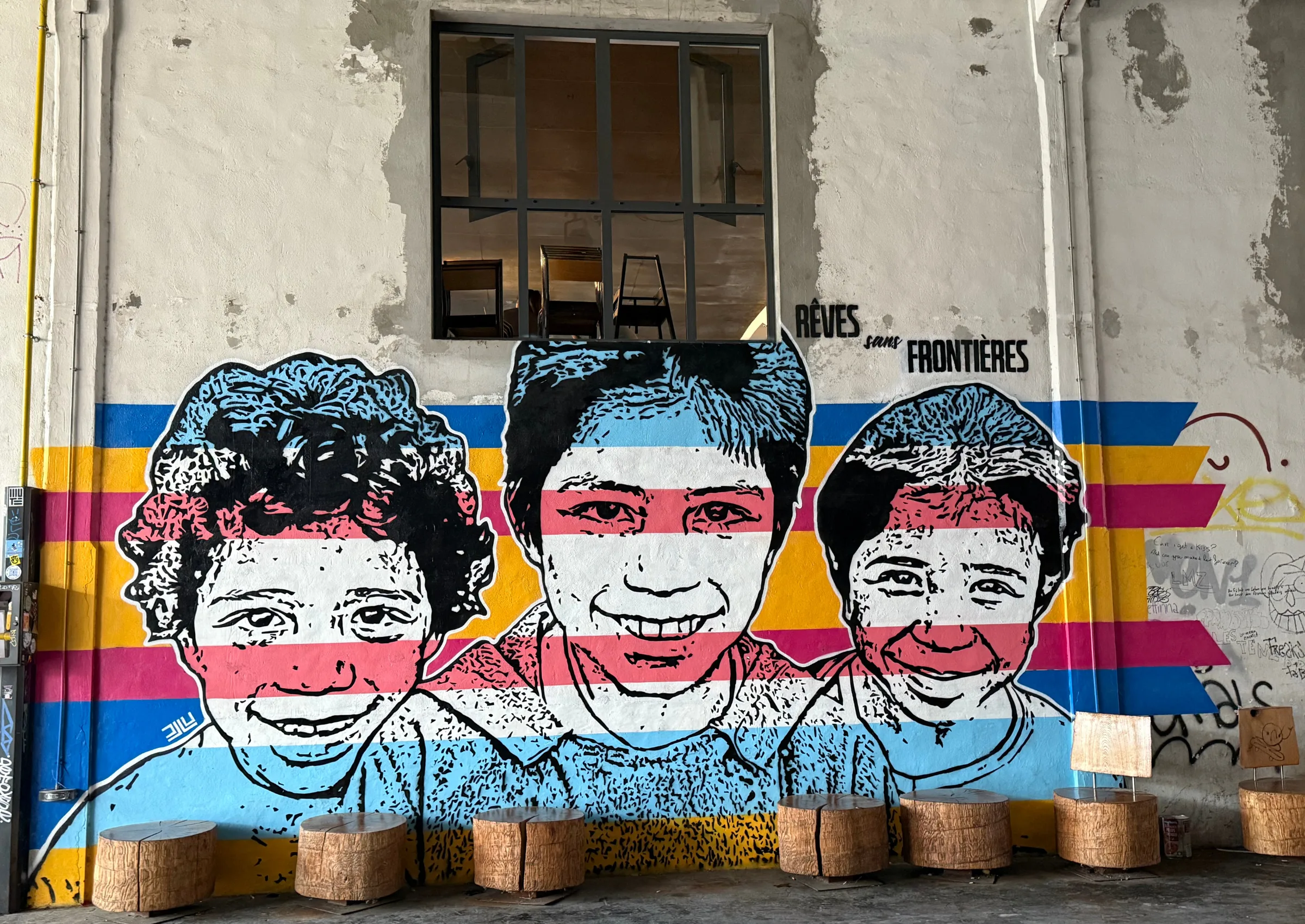Yesterday’s publication of the latest DCMS Economic Estimates on Employment during 2019 paints a positive picture by suggesting the number of jobs in the cultural sector has grown by 24.0%. The cultural sector includes areas such as the arts, film and tv, and museums. Whilst the figures give some indication of overall workforce demographics, they don’t give a sense of the longstanding issues of inequality in the cultural sector. These inequalities are especially important in context of the crisis caused by COVID-19. We’re currently seeing clear indications of the scale of the COVID19’s impact in personal narratives, organisational reflections, and also research responses.
The number of these media reports (irrespective of the type of cultural production) along with rapid responses from policy makers, organisations, and individuals, demonstrate clearly that culture faces a crisis. This crisis is, of course, intertwined with the more general social and economic crisis facing Britain and the rest of the world.
Significant voices in the cultural sector are also reflecting on underlying issues that will make recovery difficult. Indeed, there is a sense from some voices that there can be no return to ‘business as usual’.
This blog engages with these discussions, highlighting what research can tell us about longer term issues facing cultural occupations. Here the focus is on social class, but this is not to forget the need for an intersectional analysis of class in conjunction with race, gender, disability, and other demographic characteristics, nor to marginalise specific issues such as pay and funding.
In a forthcoming research paper, the PEC’s researchers who are focused on skills, talent, and diversity have looked at trends in the cultural and creative labour force since 2014. In particular, we’ve focused on social class, using data from the Office for National Statistics’ (ONS) Labour Force Survey. We’ve got data on the class origins of workers across all cultural and creative occupations from 2014-2019. 2014 was the first year ONS collected this data, and 2019 is the most recent set of data available.
Analysis of the 2014 data, published in the journal Cultural Trends, suggested the absence of those from working class origins in cultural occupations. The situation was especially grave in core ‘cultural’ occupations. Publishing, film and TV, music and performing arts, and museums and galleries all dominated by those from ‘middle-class’ social origins.
Recent trends are worrying, and suggest there has been little change. Looking at the forthcoming research on 2014-2019, every year sees a consistent story. Those from professional and managerial origins dominate cultural occupations. There are consistently low levels of working-class origin individuals.
We can go even further with this analysis. Using data from the ONS’s Longitudinal Study, Orian Brook, Mark Taylor, and I demonstrate that this class problem has existed at least since the early 1980s, if not before.
The long-term trends then, suggest that cultural occupations have significant absences of those from working-class origins. The dominance of the middle class has persisted, even as we have seen major changes to British economy and society, along with a boom in the numbers of cultural and creative jobs.
The class structure of cultural occupations intersects with other demographic characteristics. We know from existing research that, for example, people of colour are underrepresented in cultural occupations; women of colour face the most severe pay gaps; and that those living with disabilities face extensive challenges in their creative careers.
The longer-term issues of class in cultural occupations raise a host of questions and points of reflection. For now, and as a conclusion we can maybe think of two.
First is the impact for individuals. Part of the class problem is driven by unequal access to resources, whether social, economic, or cultural. There is a danger that in returning to ‘business as usual’, the unequal distribution of resources is not just continued, but, more likely, is made much worse. This unequal distribution of resources is in addition to more explicit forms of class prejudice faced by some workers.
This risk links to questions about cultural infrastructure. The way individuals experience labour market inequalities can be eased or made more difficult by the infrastructure underpinning cultural occupations. To give one, again limited, example the various festivals taking place at Edinburgh will not happen this year. They are a crucial part of career development for many creatives, in terms of making connections, developing their creative practice, and in terms of future commissions.
Yet we also know that access to this infrastructure is heavily unequal, with demands for huge levels of investment and financial risks placed onto the individual. The need for economic capital sits alongside having the right social networks and the ‘cultural capital’ that underpins success in cultural labour markets.
A longer-term perspective on the class inequalities points to the need for serious thought as to how existing infrastructure promotes, or prevents, working class origin creative careers. Arts Council England has been clear about its commitment to making sure its 10-year strategy’s focus on equality and diversity is continued even at this point of crisis for the sector. Its immediate funding response is also a good example of the need for infrastructure at a point when other elements of policy, such as Treasury’s support for creatives, don’t seem to be working.
As many parts of the infrastructure, particularly cultural organisations, struggle for survival it might seem an additional burden or unreasonable ask for a focus on inequality; but by thinking through new organisational models to cope with the crisis, questions of equality can be made central, rather than an afterthought.
Photo by Vincentas Liskauskas
The PEC’s blog provides a platform for independent, evidence-based views. All blogs are published to further debate, and may be polemical. The views expressed are solely those of the author(s) and do not necessarily represent views of the PEC or its partner organisations.
Related Blogs
What UK Job Postings Reveal About the Changing Demand for Creativity Skills in the Age of Generative AI
The emergence of AI promises faster economic growth, but also raises concerns about labour market di…
Creative PEC’s digest of the 2025 Autumn Budget
Creative PEC's Policy Unit digests the Government’s 2025 Budget and its impact on the UK’s creative …
Why do freelancers fall through the gaps?
Why are freelancers in the Performing Arts consistently overlooked, unseen, and unheard?
Insights from the Labour Party Conference 2025
Creative PEC Policy Adviser Emily Hopkins attended the Labour Party Conference in September 2025.
Association of South-East Asian Nations’ long-term view of the creative economy
John Newbigin examines the ASEAN approach to sustainability and the creative economy.
Take our Audience Survey
Take our quick survey and you might win a National Art Pass.
Culture, community resilience and climate change: becoming custodians of our planet
Reflecting on the relationship between climate change, cultural expressions and island states.
Cultural Industries at the Crossroads of Tourism and Development in the Maldives
Eduardo Saravia explores the significant opportunities – and risks – of relying on tourism.
When Data Hurts: What the Arts Can Learn from the BLS Firing
Douglas Noonan and Joanna Woronkowicz discuss the dangers of dismissing or discarding data that does…
Rewriting the Logic: Designing Responsible AI for the Creative Sector
As AI reshapes how culture is made and shared, Ve Dewey asks: Who gets to create? Whose voices are e…
Reflections from Creative Industries 2025: The Road to Sustainability
How can the creative industries drive meaningful environmental sustainability?
Creating value: the creative economy beyond culture by Marta Foresti
Marta Foresti explains the value of international cooperation as she becomes Chair of the GCEC.
